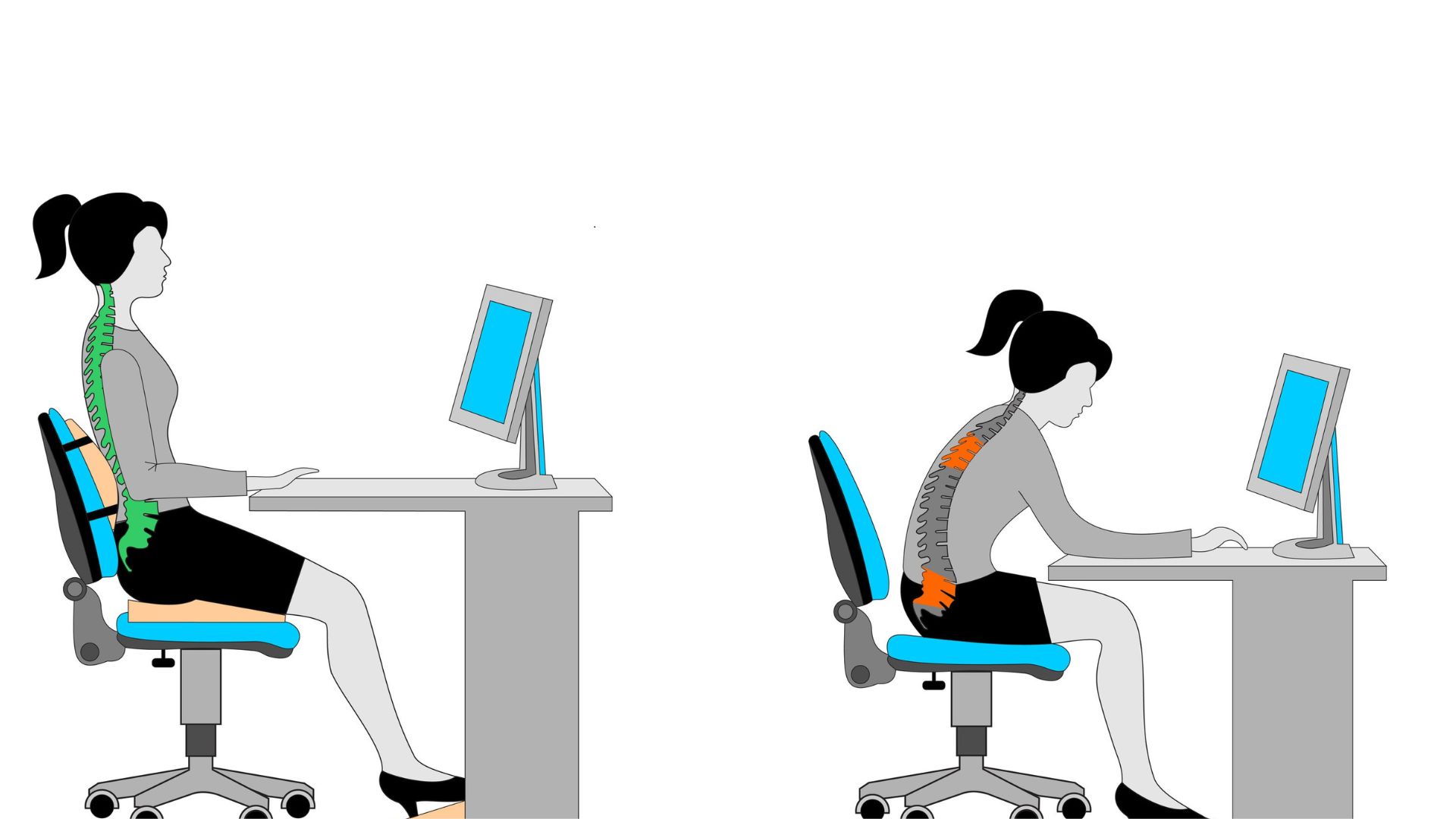Common Physiotherapy Techniques for Neck Pain


Neck pain is one of the most common musculoskeletal complaints worldwide, and understanding the causes of neck pain is crucial for effective management . Whether it’s a stiff neck after a long day at the desk, a sharp pain from a sports injury, or lingering discomfort from whiplash, the impact can be more than physical — it can affect your work, sleep, mood, and overall quality of life.
Physiotherapy offers a safe, effective, and non-invasive solution for both acute and chronic neck issues, making it a valuable neck pain treatment . By targeting the root cause, physiotherapists can help restore mobility, reduce pain, and prevent future flare-ups.
In this guide, we’ll explore the most common physiotherapy techniques for neck pain, what each involves, and how they can benefit you. You’ll also learn when to seek help and what to expect from your first appointment.
What Causes Neck Pain?
Before exploring the common physiotherapy techniques for neck pain, it’s important to understand the most common causes of neck pain and why it affects so many people. Neck pain can range from a mild, short-term annoyance to chronic neck pain that impacts daily life, work, and sleep. Often, the problem develops over an extended period, and the underlying causes are linked to posture, injury, or lifestyle factors.


1 – Poor Posture
Poor posture is one of the most frequent causes of neck pain, while maintaining good posture can help alleviate these issues . Long hours in sustained postures, such as hunching over a desk, driving, or scrolling on a phone, place strain on the neck muscles, shoulder muscles, and upper back muscles. This can stress the cervical spine and facet joints, leading to stiffness, fatigue, and reduced neck movement. Over time, these changes can make treating neck pain more complex. Posture correction physiotherapy and specific exercises can help restore alignment and prevent recurrence.
2 – Muscle Strain
A neck strain occurs when the neck and shoulder muscles are overstretched or torn. This can be caused by lifting incorrectly, sudden jerky movements, or repetitive activities. Even sleeping in an awkward position can injure tight muscles in the neck and upper back. Targeted manual therapy techniques such as joint mobilisations, massage, and dry needling can help reduce pain and restore movement.
3 – Injury (e.g. Whiplash)
Neck injuries often follow trauma, such as car accidents, sports collisions, or falls. Whiplash, for example, occurs when the head is thrown forward and back quickly, straining muscles, ligaments, and sometimes nerves. Physiotherapists use effective treatments including physiotherapy treatment plans with manual therapy, dry needling, and neck exercises to help patients regain mobility and reduce pain after injury.
4 – Stress and Tension
Emotional stress often manifests physically. Many people unconsciously clench their jaw or raise their shoulder blades during stressful situations, causing tight muscles in the neck, upper back, and shoulders. Over time, this tension can alleviate neck pain temporarily if stretched, helping to relieve neck pain but will return unless the root cause — often posture or stress — is addressed.
Why See a Physiotherapist for Neck Pain?
If you are experiencing neck pain — whether sudden or long-lasting — a physiotherapist can provide more than just symptom relief. They offer a thorough assessment to find the root cause, deliver physiotherapy treatment tailored to your needs, and guide you in long-term prevention.
Personalised Assessment and Treatment Plan
Every case of neck pain is different. Physiotherapists conduct a thorough assessment of your neck movement, posture, and upper back function to create a customised treatment plan. This may combine manual therapy techniques, dry needling, and specific exercises for the neck and shoulder muscles to address the underlying causes and restore movement.
Avoiding Medication Dependency
While medication may temporarily relieve neck pain, including nerve pain t doesn’t correct poor posture, tight muscles, or reduced mobility. Physiotherapy focuses on treating neck pain at its source, reducing the need for painkillers and avoiding long-term reliance on drugs or surgery.
Promoting Long-Term Mobility and Prevention


Physiotherapists use common treatments like manual therapy, posture retraining, and strengthening work for the neck muscles and upper back. This helps to prevent recurrence of symptoms, even if your neck pain persists for an extended period before treatment begins. With a focus on movement, strength, and flexibility, you’ll be better equipped to manage musculoskeletal conditions that affect the neck.
Why See a Physiotherapist for Neck Pain?
A physiotherapist offers more than symptom relief — they provide a comprehensive approach to long-term neck health. Here’s why professional help matters:
Personalised Assessment and Treatment Plan
Every neck pain case is unique. A physio will assess posture, movement, muscle strength, and lifestyle factors to create a tailored plan.
Avoiding Medication Dependency
Unlike painkillers, which mask symptoms, physiotherapy addresses the cause — helping reduce the need for ongoing medication.
Promoting Long-Term Mobility and Prevention
Physiotherapists equip you with the tools and exercises to avoid re-injury and maintain a healthy neck for years to come.
Common Physiotherapy Techniques for Neck Pain
Now, let’s explore the most widely used and effective physiotherapy treatments for neck pain.
1 – Manual Therapy
Manual therapy involves hands-on techniques to mobilise and stretch the joints in your neck. This can include:
- Gentle Joint Mobilisation — slow, controlled movements to improve joint flexibility.
- Joint Manipulation — quick, small movements that can restore alignment and reduce stiffness.
Benefits:
- Improves range of motion
- Reduces stiffness and discomfort
- Promotes joint health
2 – Soft Tissue Therapy
Soft tissue techniques focus on muscles, tendons, and fascia (the connective tissue surrounding muscles). Methods include:
- Remedial Massage — targeting tight neck and shoulder muscles to reduce pain and tension.
- Myofascial Release — stretching and releasing tight connective tissue to improve mobility.
Benefits:
- Relieves muscle tightness
- Improves blood flow and healing
- Reduces referred pain (e.g., headaches from neck tension)
3 – Dry Needling for Neck Pain
Dry needling involves inserting fine, sterile needles into trigger points (tight muscle knots). This can help release tension and restore normal muscle function.
Benefits:
- Reduces pain and muscle spasms
- Improves flexibility and movement
- Can provide rapid relief in some cases
4 – Postural Correction and Ergonomic Advice
Physiotherapists often assess how you sit, stand, and work to identify posture-related triggers for neck pain.
Interventions include:
- Adjusting your workstation to reduce strain
- Teaching correct head, neck, and shoulder positioning
- Advising on standing and sitting breaks throughout the day
Benefits:
- Prevents recurring pain
- Supports better spinal alignment
- Reduces muscle fatigue
5 – Stretching and Strengthening Exercises


Your physio will guide you through a customised exercise program to target neck and shoulder mobility while building muscle support.
Common examples include:
- Neck Side Bends and Rotations — to improve range of motion
- Shoulder Blade Squeezes — to counteract rounded shoulders
- Deep Neck Flexor Strengthening — to support spinal alignment
- Core Stability Work — strengthening your core can reduce strain on your neck and upper back
Benefits:
- Improves flexibility and posture
- Supports long-term recovery
- Reduces risk of re-injury
6 – Electrotherapy
Electrotherapy uses devices such as TENS (Transcutaneous Electrical Nerve Stimulation) units or therapeutic ultrasound.
- TENS — delivers mild electrical pulses to block pain signals and stimulate endorphin release.
Benefits:
- Provides non-invasive pain relief
- Promotes tissue repair
- Supports other treatment methods
What to Expect During a Physio Appointment
Your first physiotherapy session typically involves:
1 – Initial Assessment — discussing your symptoms, medical history, lifestyle, and goals.
2 – Physical Examination — assessing posture, mobility, and muscle function.
3 – Hands-On Treatment — may include manual therapy, massage, or dry needling.
4 – Exercise Prescription — targeted stretches and strengthening routines to continue at home.
5 – Education & Advice — tips for posture, work ergonomics, and activity modifications.
When to Seek Physiotherapy for Neck Pain
While mild neck pain may resolve with rest and self-care, you should seek physiotherapy if you experience severe pain or persistent discomfort.
- Pain persisting for more than a week
- Numbness, tingling, or weakness in arms or hands
- Pain following an accident or injury
- Recurring headaches linked to neck tension
- Stiffness or loss of movement affecting daily activities
If neck pain is affecting your work, sleep, or daily life, physiotherapy can help you recover and alleviate neck pain while preventing future problems.
At Incline Health, our experienced physiotherapists use evidence-based techniques tailored to your needs — from manual therapy and dry needling to lifestyle advice, posture correction, and exercise programs.
Book your consultation today and start your journey towards a pain-free, more mobile future.



